war
-
 Diethylenetriamine Penta Methylene Phosphonic Acid A Versatile Agent in Water TreatmentAkhri wax dheeraad ah
Diethylenetriamine Penta Methylene Phosphonic Acid A Versatile Agent in Water TreatmentAkhri wax dheeraad ah -
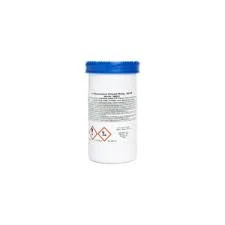 Understanding HEDP as a Scale Inhibitor Scale formation in industrial systems can leAkhri wax dheeraad ah
Understanding HEDP as a Scale Inhibitor Scale formation in industrial systems can leAkhri wax dheeraad ah -
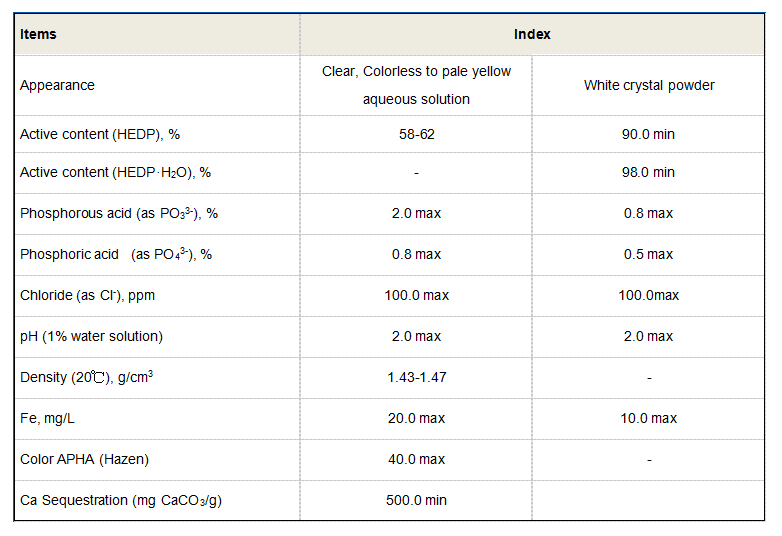 Industrial Flocculants Key to Enhanced Water Treatment Processes In the ever-evolvingAkhri wax dheeraad ah
Industrial Flocculants Key to Enhanced Water Treatment Processes In the ever-evolvingAkhri wax dheeraad ah -
 Coagulation and Flocculation in Water Treatment Coagulation and flocculation are esseAkhri wax dheeraad ah
Coagulation and Flocculation in Water Treatment Coagulation and flocculation are esseAkhri wax dheeraad ah -
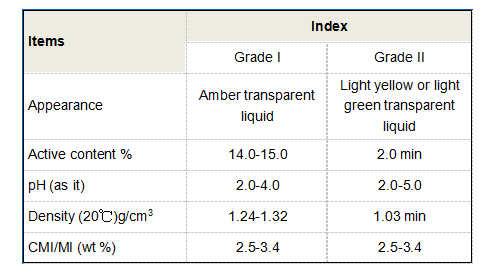 Understanding CAS 26172-55-4 Significance and Applications The Chemical Abstracts SeAkhri wax dheeraad ah
Understanding CAS 26172-55-4 Significance and Applications The Chemical Abstracts SeAkhri wax dheeraad ah -
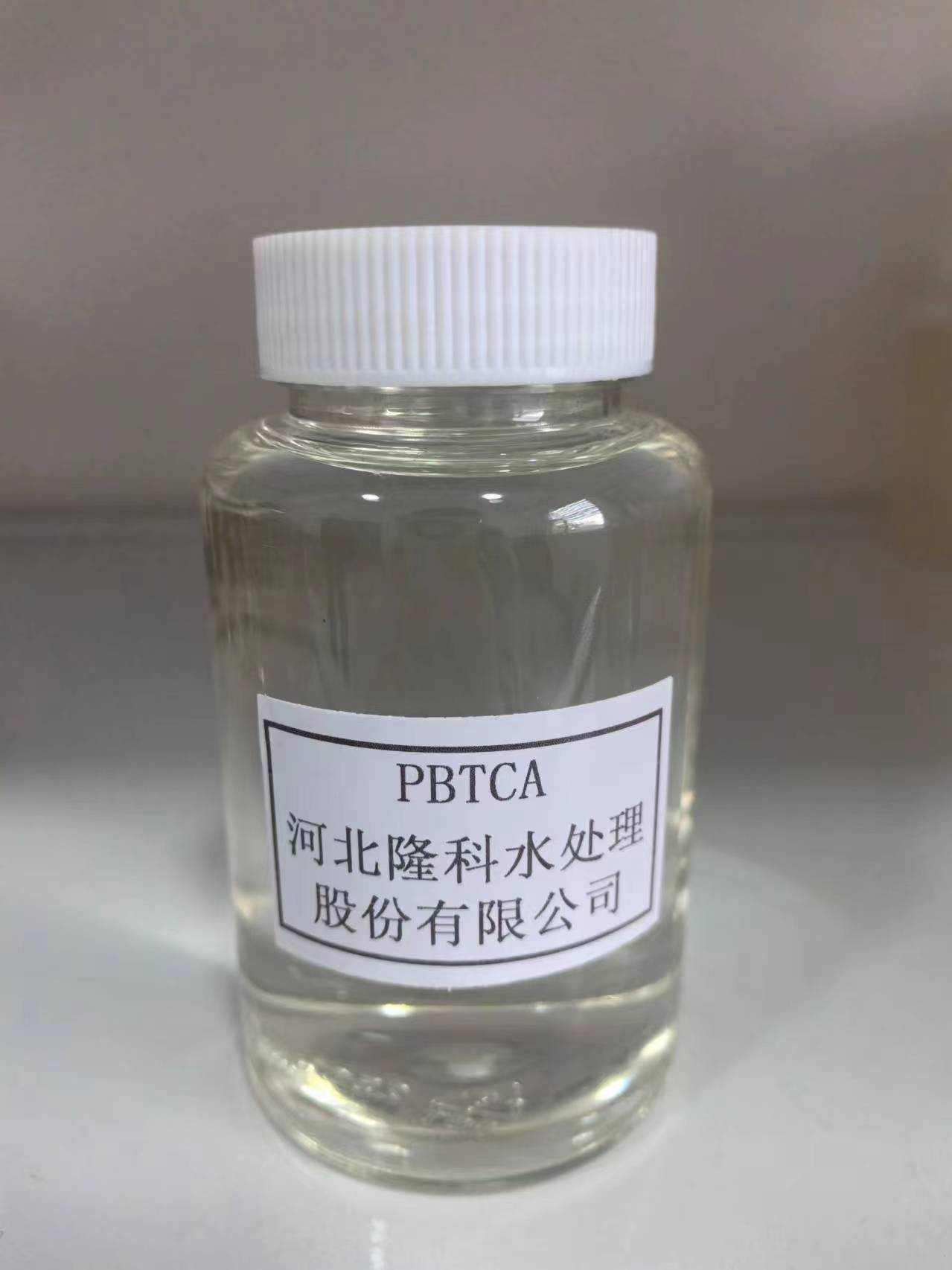 A Comprehensive Overview of Amino Trimethylene Phosphonic Acid (ATMP) Amino TrimethylAkhri wax dheeraad ah
A Comprehensive Overview of Amino Trimethylene Phosphonic Acid (ATMP) Amino TrimethylAkhri wax dheeraad ah -
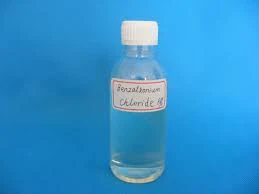 The Role of PAM Flocculant in Water Treatment Polyacrylamide (PAM) flocculant is a poAkhri wax dheeraad ah
The Role of PAM Flocculant in Water Treatment Polyacrylamide (PAM) flocculant is a poAkhri wax dheeraad ah -
 Flocculant Chemicals for Water Treatment Water treatment is a crucial process in ensAkhri wax dheeraad ah
Flocculant Chemicals for Water Treatment Water treatment is a crucial process in ensAkhri wax dheeraad ah -
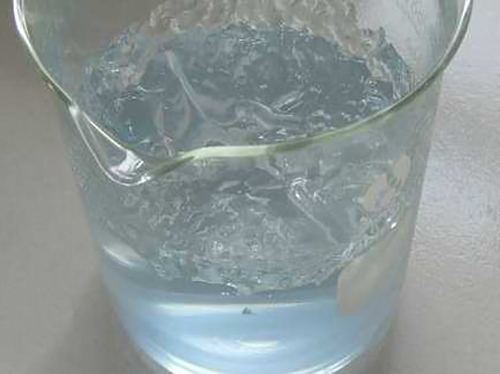 Exploring the Significance of CAS No. 63449-41-2 Chemical substances are frequentlyAkhri wax dheeraad ah
Exploring the Significance of CAS No. 63449-41-2 Chemical substances are frequentlyAkhri wax dheeraad ah -
 Understanding Polyaluminum Chloride Safety and Handling Guidelines from the MSDS PolAkhri wax dheeraad ah
Understanding Polyaluminum Chloride Safety and Handling Guidelines from the MSDS PolAkhri wax dheeraad ah
Ugu dambeeyay Wararka & Blogyada
wax badan ka daawo -
 Understanding Polycarboxylic Acids: Properties, Applications, and Future PotentialPolycarboxylic acids are a versatile group of polymers widely used in water treatment, cleaning products, concrete admixtures, textiles, and even sustainable materials.Akhri wax dheeraad ah
Understanding Polycarboxylic Acids: Properties, Applications, and Future PotentialPolycarboxylic acids are a versatile group of polymers widely used in water treatment, cleaning products, concrete admixtures, textiles, and even sustainable materials.Akhri wax dheeraad ah -
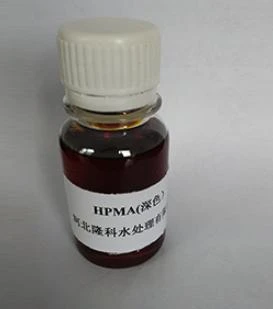 Scale Inhibitor Explained: How to Protect Your System from Limescale and Hard Water DamageIn water systems—from industrial boilers and cooling towers to household appliances—scale is a persistent enemy.Akhri wax dheeraad ah
Scale Inhibitor Explained: How to Protect Your System from Limescale and Hard Water DamageIn water systems—from industrial boilers and cooling towers to household appliances—scale is a persistent enemy.Akhri wax dheeraad ah -
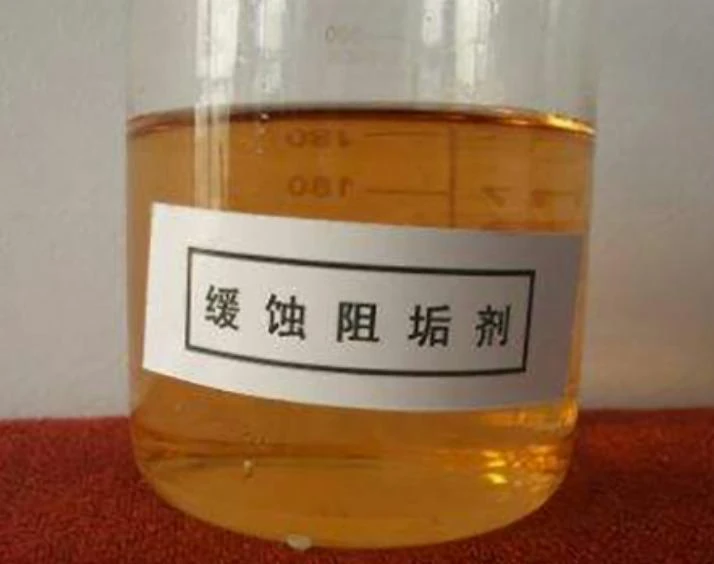 Scale and Corrosion Inhibitors: Essential Chemicals for Industrial Water System ProtectionIn industrial water systems—cooling towers, boilers, heat exchangers, pipelines, and RO systems—two silent threats can cause serious damage over time: scale formation and corrosion.Akhri wax dheeraad ah
Scale and Corrosion Inhibitors: Essential Chemicals for Industrial Water System ProtectionIn industrial water systems—cooling towers, boilers, heat exchangers, pipelines, and RO systems—two silent threats can cause serious damage over time: scale formation and corrosion.Akhri wax dheeraad ah -
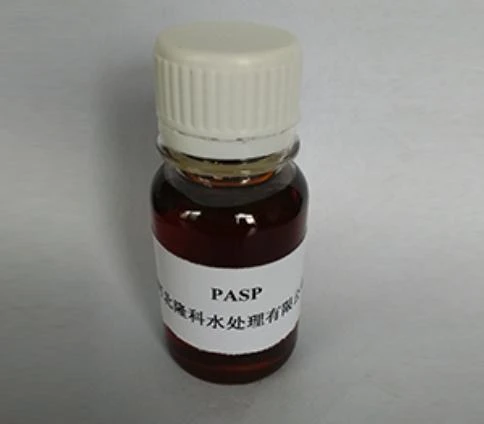 Polyaspartic Acid: A Biodegradable Polymer for Sustainable ChemistryAs industries move toward more sustainable materials, polyaspartic acid (PASP) is gaining traction across sectors—from water treatment and agriculture to coatings and biomedical applications.Akhri wax dheeraad ah
Polyaspartic Acid: A Biodegradable Polymer for Sustainable ChemistryAs industries move toward more sustainable materials, polyaspartic acid (PASP) is gaining traction across sectors—from water treatment and agriculture to coatings and biomedical applications.Akhri wax dheeraad ah






